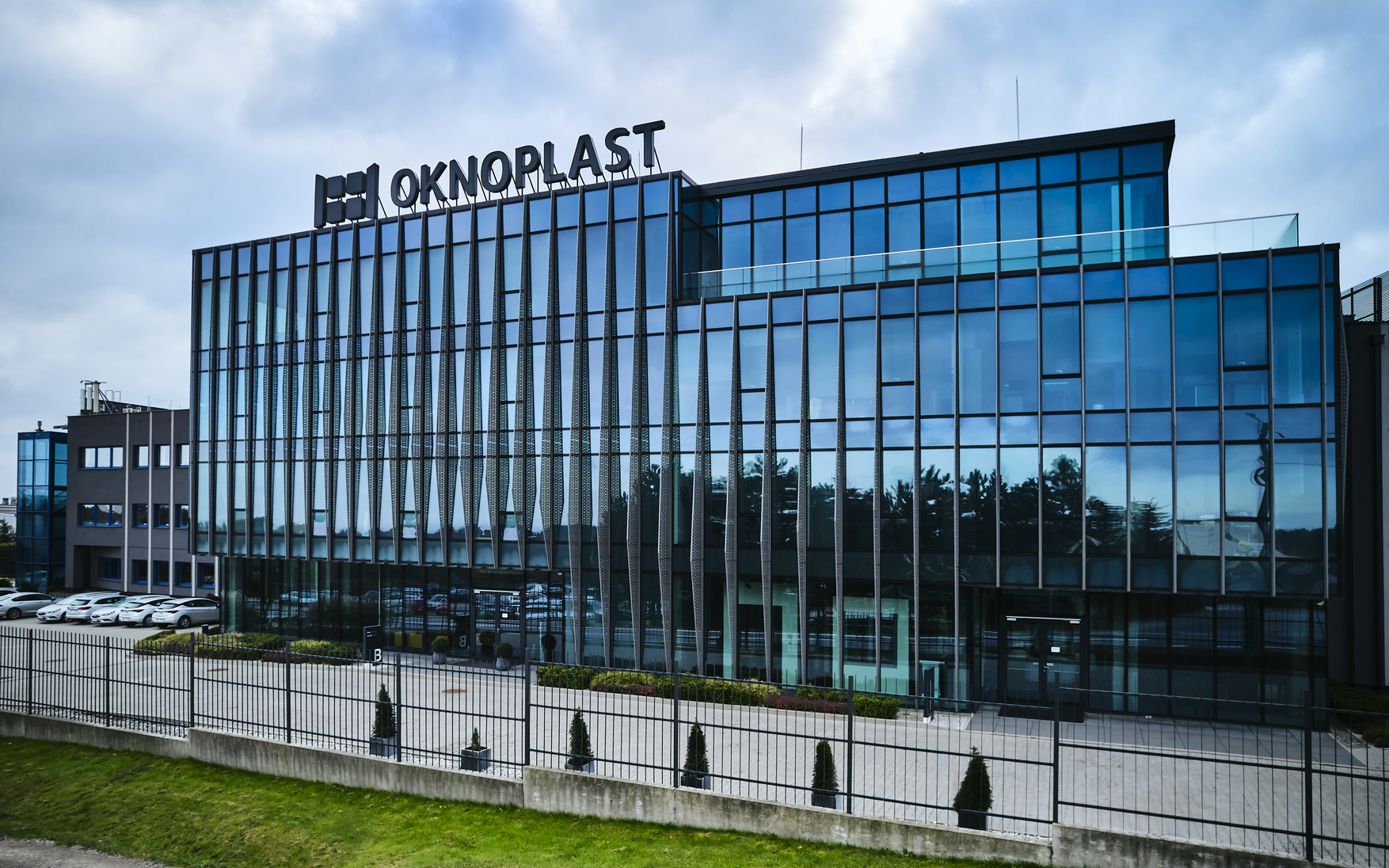Pellet heating is suitable for both single-family homes and multi-family homes. It is important that there is sufficient space to store the heating pellets. This heating system distinguishes between heat generation with single furnaces or with central heating. During combustion, the individual furnaces generate thermal energy, which they release by convection or radiation. The individual models are particularly suitable for this purpose Redevelopment of existing buildings with less living space.
In new buildings we recommend pellet central heating. With this method a central stove heats the room Water in the heating circuitNowadays, heating with a pellet central heating system is comparable in terms of operation and maintenance to oil heating or gas heating. But pellet heating, like any heating system, also has advantages and disadvantages.
CO2-neutral heat
In addition to the flexible use, the biggest advantage of the heaters is that they heat with the renewable raw material wood. During combustion, carbon dioxide is released, which however has already been absorbed by the trees from which the pellets are produced and transformed into oxygen. THE So burning wood pellets means CO2 neutral. Pellet heating becomes even more environmentally friendly when combined with solar energy. Wood is also a renewable raw material; The price of pellets is relatively low, especially in the summer months.
A disadvantage of pellet heating is that they are relatively expensive to install; However, you may be comforted by the fact that there are many financing opportunities available. To store pellets, a relatively large space is required. In single ovens the maintenance requirements are also quite high: the ash must be removed regularly. The strong smell of wood while burning is also considered unpleasant by some people. So check if you are the “wood type” before purchasing.
Save costs with ambient heat
Die Heat pump uses the natural heat of the environment to heat a home in a cost-effective way. The principle is similar to that of the refrigerator, only in reverse: while the refrigerator conveys warm air from the inside to the outside, the heat pump extracts heat from the surrounding environment. It then releases it back into the building’s radiators or via a living room ventilation system.
Air, water or earth are available as energy sources; the choice depends on local conditions. Depending on this, a distinction is made between different types of systems:
- The water-to-water version draws energy from aquifers.
- Saltwater systems use geothermal energy.
- Air-to-air pumps are the solution for a passive or zero-energy house.
- Air-to-water heat pumps use ambient air.
Generous financing thanks to good energy balance
This modern heating system has numerous advantages: it does not require fuel supply and requires little maintenance. Especially with floor and wall heating it is possible to achieve an extremely good energy balance when it comes to heating systems. You can also combine the heater with solar collectors. And the best thing: if you install a heat pump you will receive financing from KfW Bank or BAFA.
It’s a shame that modern devices still can’t be used everywhere. Depending on the type, there are restrictions – and sometimes there are municipal requirements. The price for installing the system is quite high, but for most families it is worth it. On cold days it is sometimes necessary to warm up.
Our own small power plant
Thermal and electrical cogeneration plants work on the principle of combining heat and energy; they simultaneously produce electricity and thermal energy. To do this, the engine is run on a fuel: diesel, vegetable oil or gas. But gas turbines or Stirling engines can also be used. There are thermally controlled, electrically controlled, electricity-oriented and grid-oriented combined heat and power plants, depending on whether the energy production is based on heat or electricity needs.
Only recently have thermal power plants become so small that private individuals can house them in the basement of their home. Their power is between 1000 and 2000 watts; The heat output in combination with an additional burner is approximately 20 kilowatts. A small single-family house is therefore well supplied with this small power plant.
Rarely cheap
With mini cogeneration plants, energy is generated while respecting the environment: they have low polluting emissions and work with renewable resources. Another plus is that you will also have your own Generate your own electricity and they do not have to pay electricity prices from energy suppliers. You are also entitled to KfW programmes High energy efficiency renovation AND Modernize the living spaceif you decide for the cogeneration plant.
However, you should carefully consider whether purchasing such heating systems is really worth it for you. Several studies come to the conclusion that these power plants are rarely profitable for households in the cost comparison, for example, behind oil heaters position. This is mainly due to the very high investment costs, up to 20,000 euros. If a cogeneration system is used, the heating system should operate frequently enough; Use the indicative value between 3,500 and 5,000 hours (which corresponds to approximately 6 months). Also keep in mind: in summer there will only be a small heat loss
latest posts published

The basement as an ideal place for a home sauna
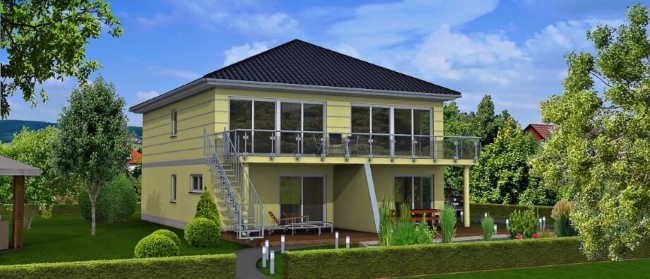
Building a condo is a breeze | What’s behind a condominium?
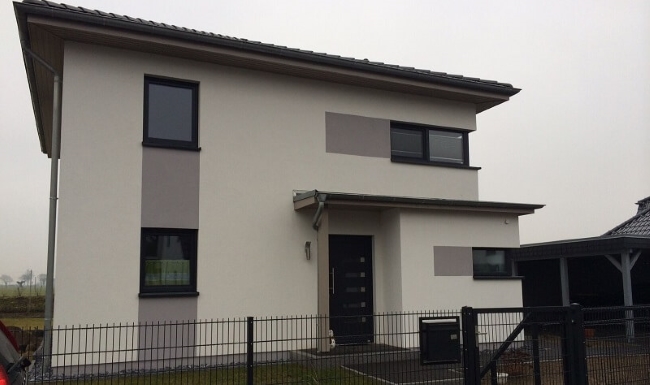
Splash protection for facades – that’s why it makes sense
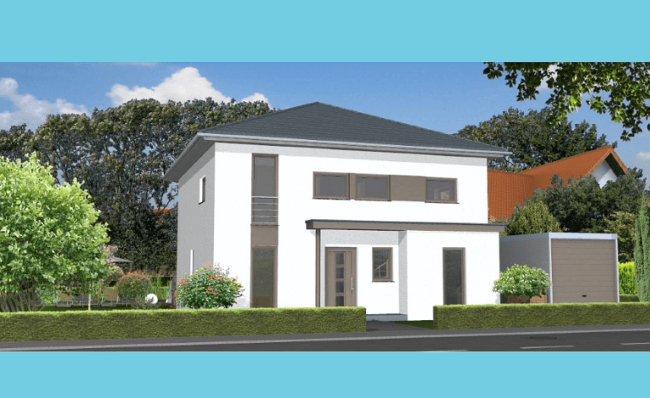
How to design your home with a covered garage

Build savings in times of low interest rates
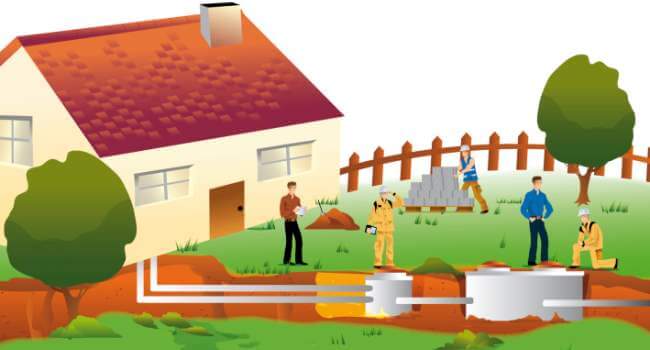
Useful information on property drainage | Considerations during construction

Interior wall plaster in brief
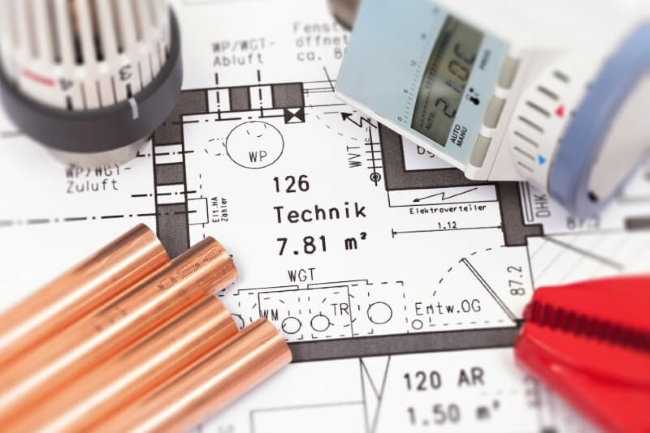
Heating with oil, gas or electricity
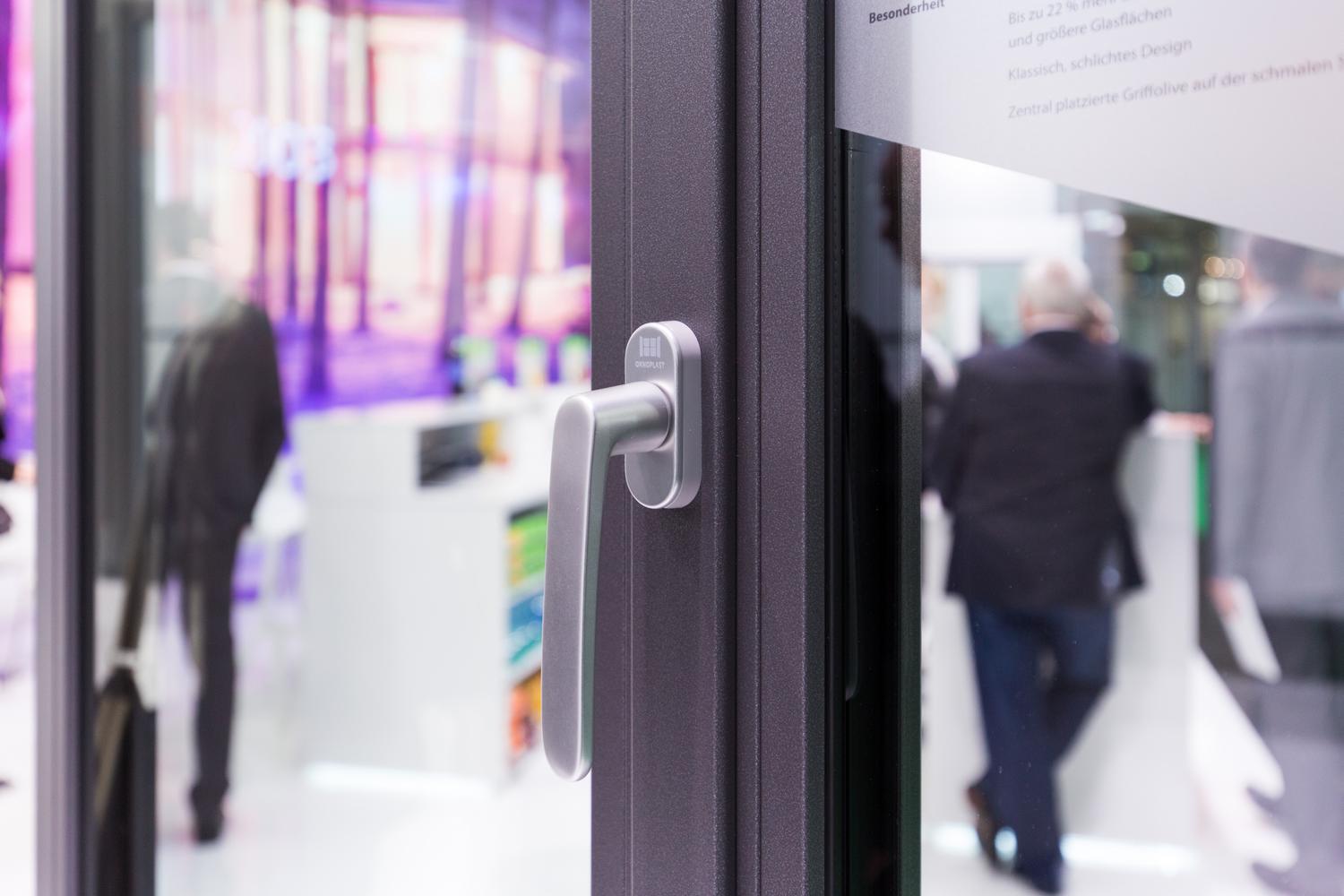
Foil as desired | Oknoplast
